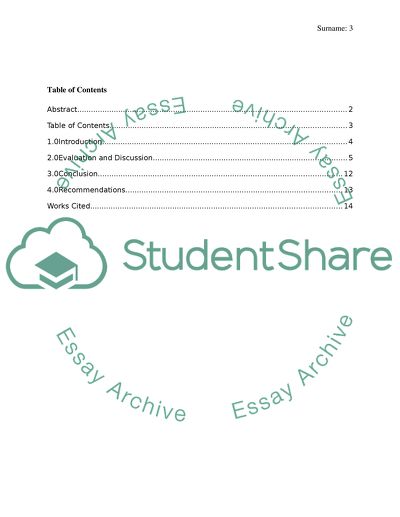Cite this document
(“US Medicaid and Medicare program and Australian Medicare programs Research Paper”, n.d.)
Retrieved from https://studentshare.org/health-sciences-medicine/1393515-us-medicaid-and-medicare-program-and-australian-medicare-programs
Retrieved from https://studentshare.org/health-sciences-medicine/1393515-us-medicaid-and-medicare-program-and-australian-medicare-programs
(US Medicaid and Medicare Program and Australian Medicare Programs Research Paper)
https://studentshare.org/health-sciences-medicine/1393515-us-medicaid-and-medicare-program-and-australian-medicare-programs.
https://studentshare.org/health-sciences-medicine/1393515-us-medicaid-and-medicare-program-and-australian-medicare-programs.
“US Medicaid and Medicare Program and Australian Medicare Programs Research Paper”, n.d. https://studentshare.org/health-sciences-medicine/1393515-us-medicaid-and-medicare-program-and-australian-medicare-programs.


